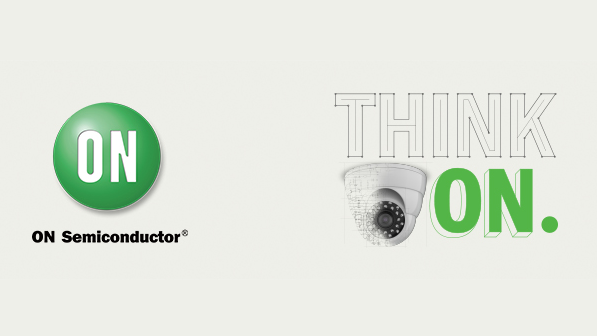Reducing the power ‘footprint’ of electrical and electronic equipment and devices is an area of focus for all market sectors in all geographies. The amount of powered technology in the lives of the average citizen in the developed world has increased markedly over recent decades; this has seen an almost corresponding increase in energy use. Add rapidly accelerating demand for technology in the developing world, and it’s easy to see that the pressure to generate power – with the associated environmental impact – is huge. Estimates suggest that global electricity consumption will increase from around 200 terra watt hours (TWh) in 1990 to over 1600 TWh by 2030, if unchecked.
Concerns over global warming, to which electricity production activities are a major contributor, have resulted in legislation worldwide to support, foster and even demand more energy efficient products and equipment in both the consumer and industrial sectors. Many of these schemes have, and continue, to be successful but, as indicated by the sharp upward trend in energy use, there is still major work to be done. Another motivator for industry and consumers alike is of course the rising cost of energy.
Energy efficient design is not new, as seen in portable battery-powered products that have been designed to last as long as possible between charges, with mobile phones being a good example. Customers require small size, light weight, greater functionality and longer battery life. Manufacturers have clearly achieved these aims but this has required huge technology changes in both phone and battery design. Companies like ON Semiconductor have been big contributors to this success through advanced power management component technologies and more recently ‘smart’ charging solutions.
While the evolution of many aspects of the front-end technology itself is helping to partially mitigate increasing overall power requirements – for example LED as opposed to incandescent lighting and similar technologies in TVs – the real opportunities to flatten out the upward curve of energy use lie within the low power technology, techniques and devices employed in circuit design to give efficient power conversion and increasingly intelligent power management.
With its acquisition of Fairchild in late 2016, ON Semiconductor has become the number two power semiconductor discrete provider by market share. With Fairchild’s expertise and product portfolio of medium and high voltage products complementing ON’s specialization in low power, the company now has a complete suite of power conversion and power management technologies. This makes ON Semiconductor uniquely positioned to support customers across multiple sectors in working purposefully towards realizing the degree of energy efficiency desired by their customers and increasingly required by regulations.
If we are to achieve the efficiency increases and a corresponding slowing of demand for power, then it is crucial to address the challenge at all voltages, which means everything from 480 V three-phase grid and distribution applications through high voltage industrial equipment right down to driving small loads such as CPUs, DSPs and memory found within everyday, often portable, devices.








